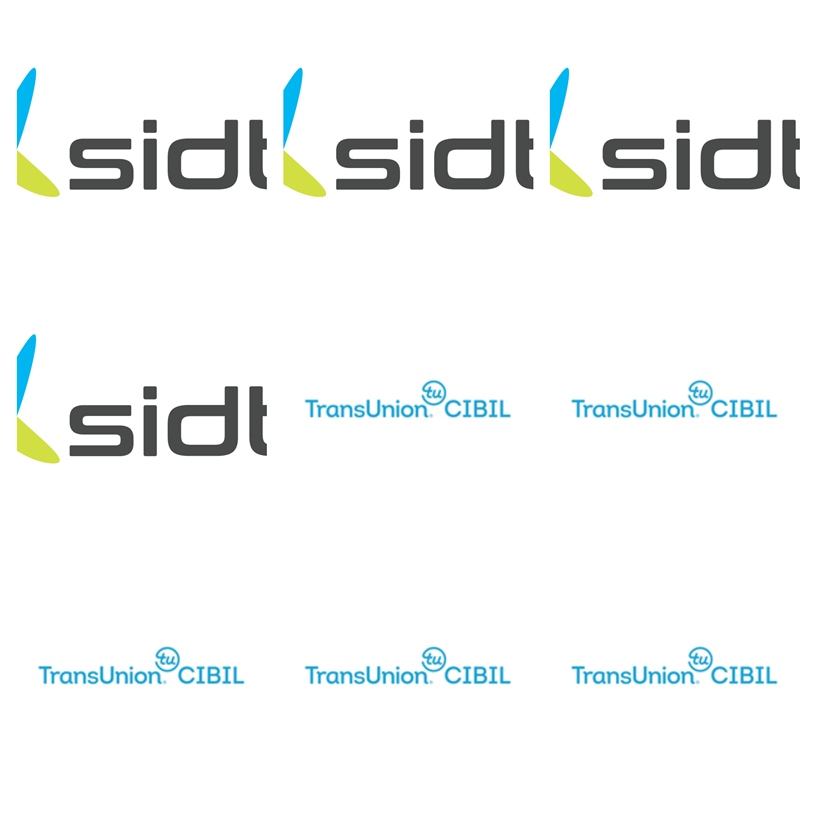
The latest edition of TransUnion CIBIL- SIDBI MSME Pulse Report reveals that commercial credit which had been steadily growing over the past few years, has slowed down in the recent quarters. The total on-balance sheet commercial lending exposure in India is ₹65.0 Lakh Crores as of Sep’19. The year-on-year (YoY) commercial credit growth stood at 8.1% in the quarter ending in Sep’19, significantly lower than the annual credit growth rates of previous quarters. Credit growth measured 16.2% during Dec’17 to Dec’18, 12.6% during Mar’18 to Mar’19 and 14.8% during Jun’18 to Jun’19 period. YoY growth in Sep’19 cooled across all segments when compared with annual credit growth of other quarters. The overall non-performing assets (NPA) rate of commercial lending was at 16.8% in Sep’19, marginally lower than 17.0% in Sep’18.
On the MSME segment, YoY growth stood at 7.7%, 4.6%, and 1.9% for micro, small and medium MSMEs respectively for the period from Sep’18 to Sep’19. NPA rates in this segment have increased from 11.7% in Sep’18 to 12.2% in Sep’19. The MSME segment with aggregate credit exposure of up to ₹50 Crores, constitutes ₹18.3 Lakh Crores outstanding (~28% of commercial credit outstanding). Large corporates with aggregated credit exposure of more than ₹50 Crores, account for ₹46.7 Lakh Crores (~72% of commercial credit outstanding).
This edition of MSME Pulse covers a study on the changing profile of acquisition on MSME lending, measured using factors like vintage, CIBIL MSME Rank (CMR) distribution and the size of the borrowing entity. CMR is a credit score for MSMEs where the score output rank values range from 1 to 10. CMR predicts early signs of risk. Typically, MSMEs with CMR-1 to CMR-3 are considered lowest risk, CMR-4 to CMR-6 are considered medium risk and CMR-7 to CMR-10 are the highest risk. Further, impact of change in borrower profile is measured through the bad rate of borrowers observed within a year of sanction and renewal. The study findings show that the bad rate on MSME borrowers has increased to 3.02% in the quarter ending Sept’19 from 2.94% in the quarter ending Sept’18. Major factor contributing to this marginally higher bad rate is the increase in the share of lending towards lower vintages and high risk borrowers in Q2-FY19. Study on vintage distribution of borrowers acquired in Q2-FY19 shows that there is a significant increase in the acquisition of lower vintage borrowers (with credit history of 1-4 years). Proportion of borrowers with high bad rate peak in the lower (1-4 years) vintage bucket as compared to newly acquired (0-1 years) vintage bucket and higher vintage buckets (4+ years). Also, Proportion of borrowers acquired in highest risk segment (CMR-7 to CMR-10) has increased from 13.5% to 15.7%, contributing to the increase in bad rate.
";

.jpg)